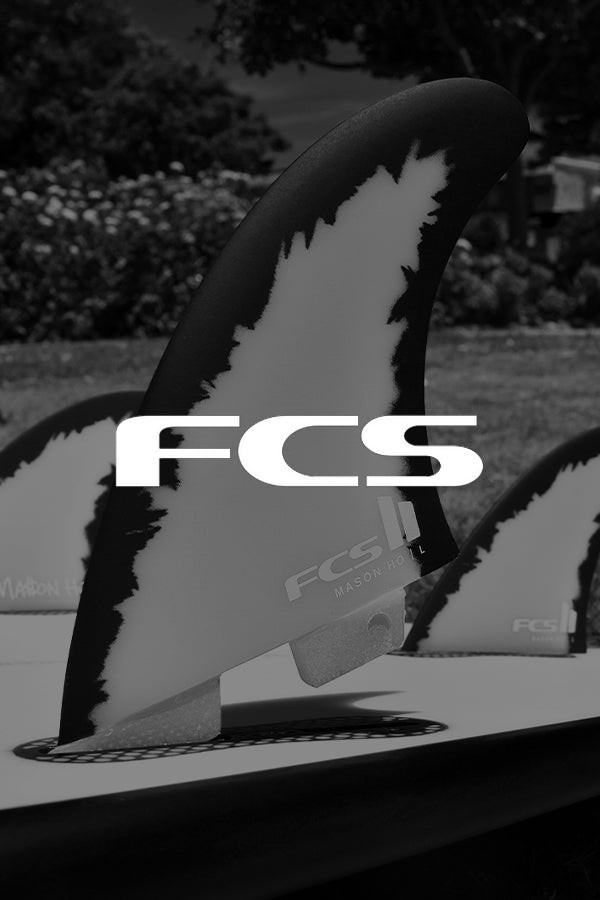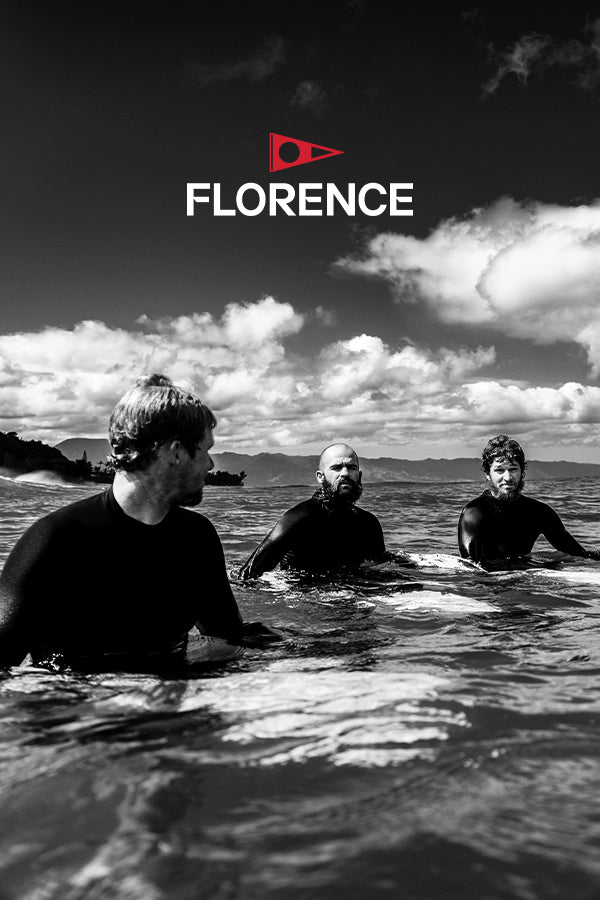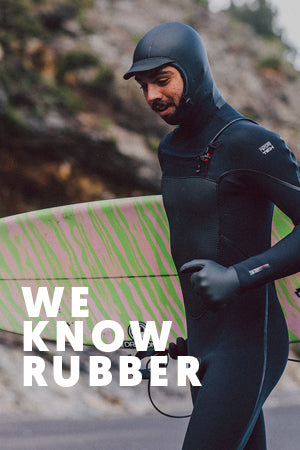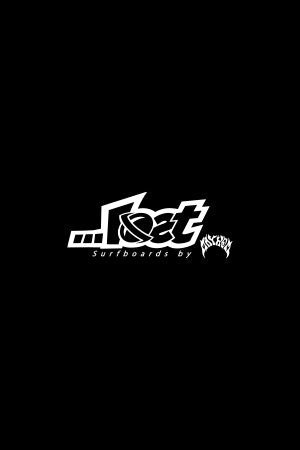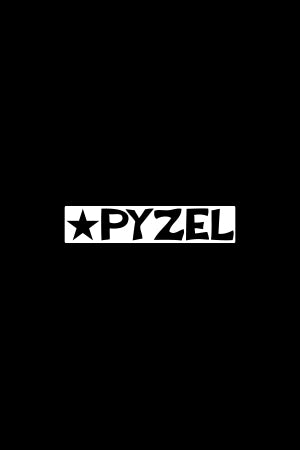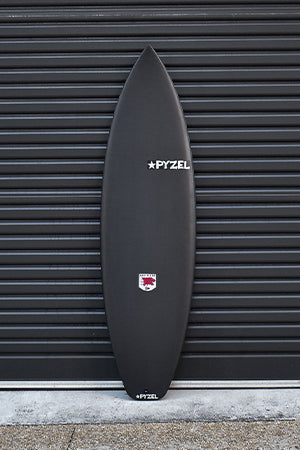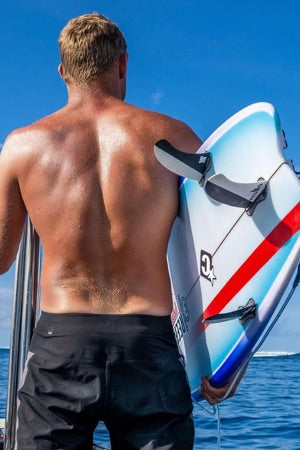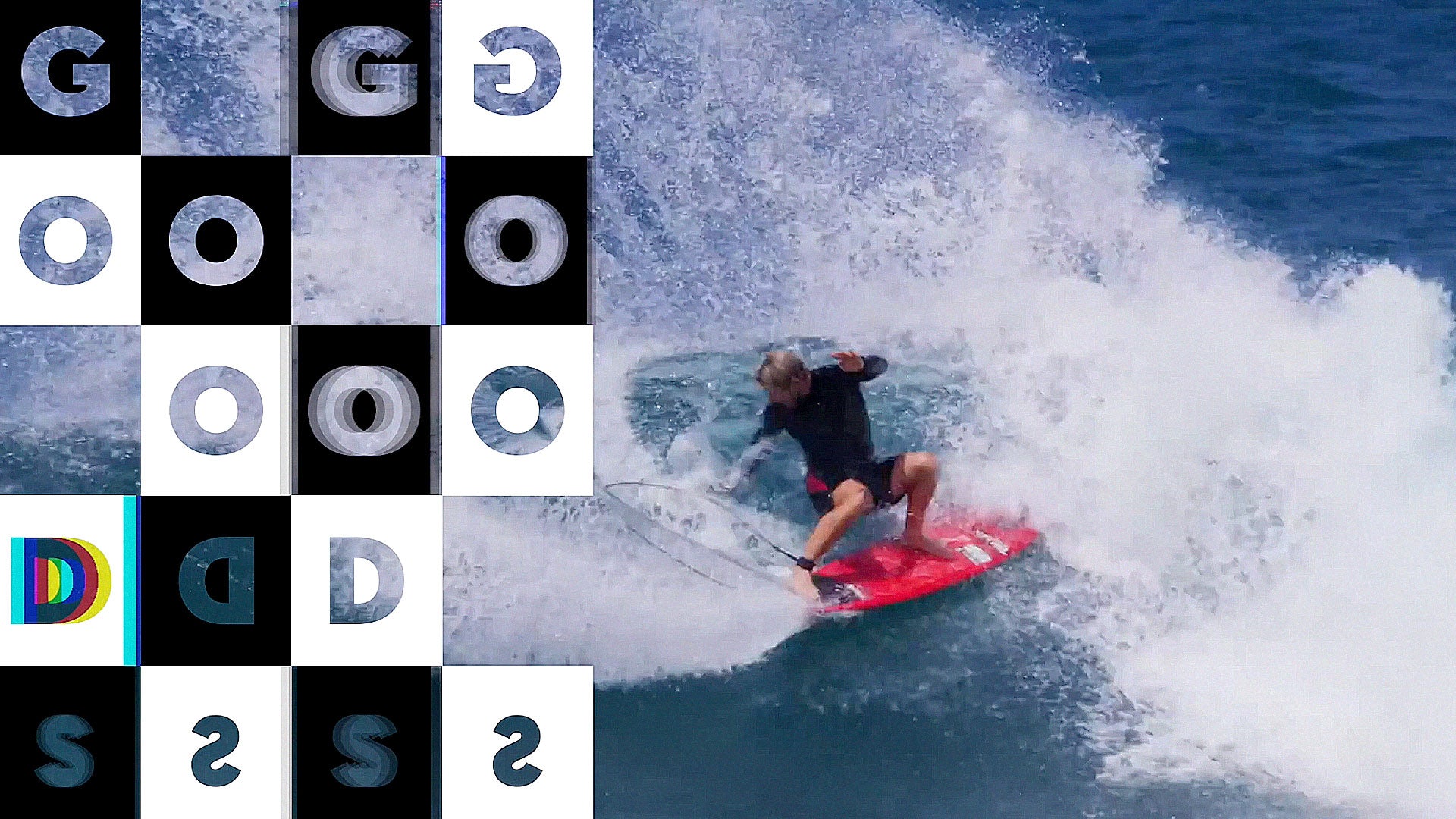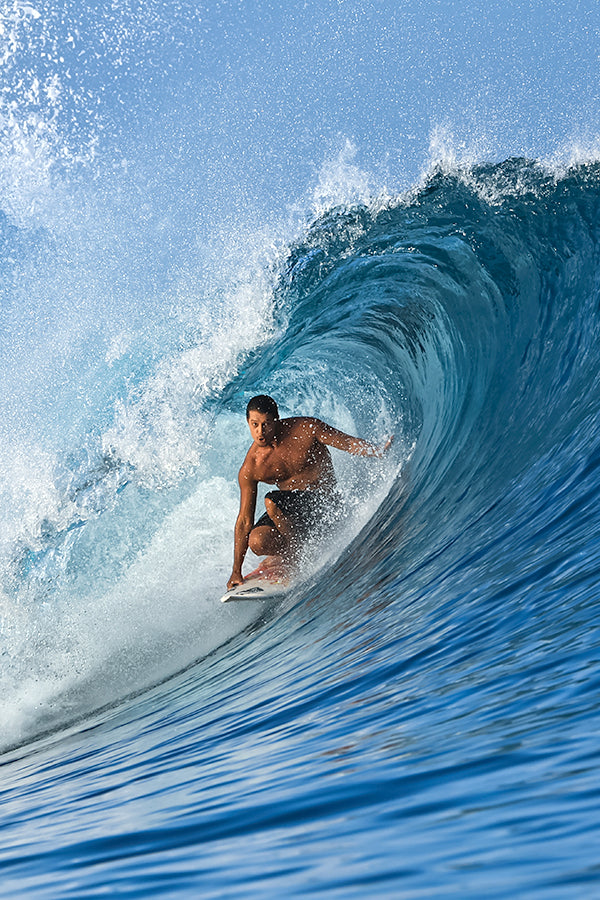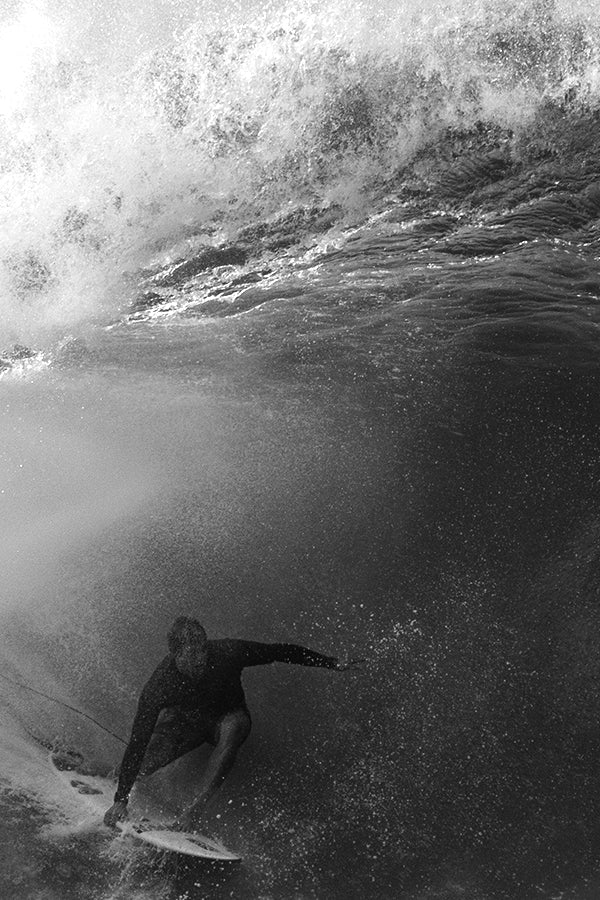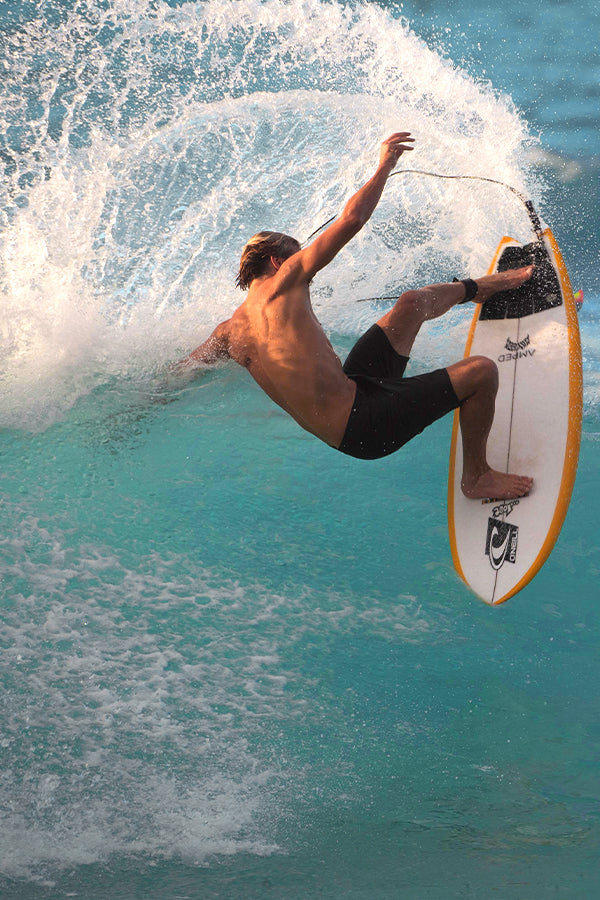JS MFC Thruster Fin
The JS Thruster Fin is built with the updated new Epoxy Carbon Foam core technology, its wider base provides incredible amounts of instant acceleration, grip, and projection down the line. The constant flex and fast response of the Epoxy-Carbon maintain release out of the lip and through turns. One of the lightest fin sets on the market.
The JS Industries x MFC Hawaii collaboration is one of the only fin constructions in the surfing world to use epoxy resin instead of poly resin. And in our endless pursuit of going as fast as possible on a wave, we found this layup to be the best and most reliable. The fin construction includes a Soric SF2 core to reduce weight and provide stiffness, then two layers of 200gr external carbon, one layer of 120gr glass, and of course the RTM technology featuring epoxy resin instead of polyester.
Epoxy fins vs polyester fins:
- Epoxy fins are more reactive, meaning a faster response time.
- Epoxy resin has a longer life during usage.
- Epoxy has a load of approx. 1800/2000lb x square inch vs 500/600lb x square inch of the poly resin.Consequently, at high speed, the epoxy fin is more reactive because it's able to handle the extra load.
- When the fin flexes it comes back faster, giving you a stronger spring back.
- Shelf life is longer. After a bit of time, the poly fins become softer and lose their flexibility properties, while epoxy has a much longer life both in storage and in the water.
Features:
- CARBON/EPOXY CONSTRUCTION.
- SMALL/MEDIUM/LARGE TEMPLATES.
- ELONGATED TEMPLATE.
- HIGH DEGREE OF SWEEP.
- HOLD AND DRIVE.
The JS Thruster Fin is built with the updated new Epoxy Carbon Foam core technology, its wider base provides incredible amounts of instant acceleration, grip, and projection down the line. The constant flex and fast response of the Epoxy-Carbon maintain release out of the lip and through turns. One of the lightest fin sets on the market.
The JS Industries x MFC Hawaii collaboration is one of the only fin constructions in the surfing world to use epoxy resin instead of poly resin. And in our endless pursuit of going as fast as possible on a wave, we found this layup to be the best and most reliable. The fin construction includes a Soric SF2 core to reduce weight and provide stiffness, then two layers of 200gr external carbon, one layer of 120gr glass, and of course the RTM technology featuring epoxy resin instead of polyester.
Epoxy fins vs polyester fins:
- Epoxy fins are more reactive, meaning a faster response time.
- Epoxy resin has a longer life during usage.
- Epoxy has a load of approx. 1800/2000lb x square inch vs 500/600lb x square inch of the poly resin.Consequently, at high speed, the epoxy fin is more reactive because it's able to handle the extra load.
- When the fin flexes it comes back faster, giving you a stronger spring back.
- Shelf life is longer. After a bit of time, the poly fins become softer and lose their flexibility properties, while epoxy has a much longer life both in storage and in the water.
Features:
- CARBON/EPOXY CONSTRUCTION.
- SMALL/MEDIUM/LARGE TEMPLATES.
- ELONGATED TEMPLATE.
- HIGH DEGREE OF SWEEP.
- HOLD AND DRIVE.







